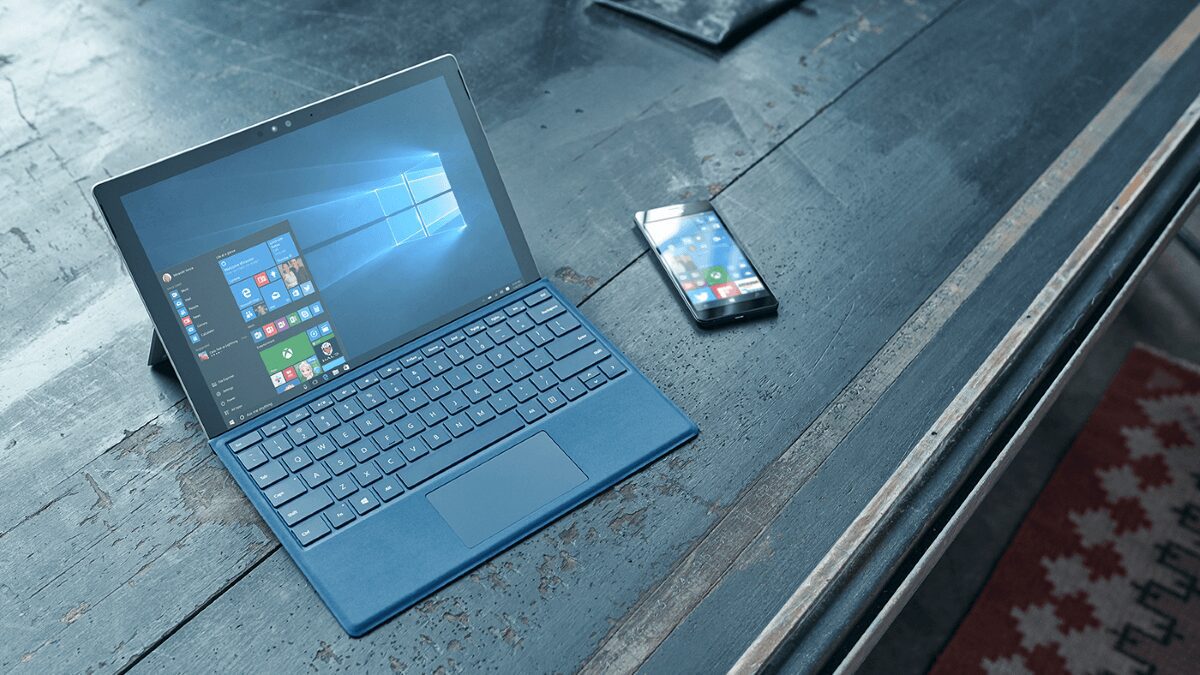How to delete locked files on Windows 10
3 min. read
Updated on
Read our disclosure page to find out how can you help MSPoweruser sustain the editorial team Read more

You’ve had it happen to you before. You’re on Windows 10, editing a document or messing about with a file in an app or the other, and you’re done – you want to delete the file, and you’ve closed every app associated with the file. However, Windows just won’t let you do it. Like a clingy relative, it assures you that some app somewhere is still making use of this document, and you need to sit down and wait until they are good and done. The problem? You have no idea what app is making use of this file, or you may even have made sure that you’re done with all the apps using it.
Regardless, you just want to get rid of this file, and your PC is getting in your way.
Here are some ways of removing locked files – in no particular other.
Task Manager
With task manager, you’ll need to know what type of file the file you’re looking for is, and what files typically handle it. For instance, let’s say you want to delete a Word document, but you have no Microsoft Word windows open, the opening task manager may reveal that there are some Word processes still running in the background. Right clicking on this process and killing the task usually frees up the file to be deleted.
Safe Mode
To enter Safe Mode on your PC and delete the errant file, undertake the following steps.
- Open the System Configuration app (typically done by typing MSConfig into the search box)
- When in the System Config app, navigate to Boot and click “Safe Boot”, and then reboot your PC.
- You should now be able to delete the file.
- Navigate back to MSConfig and uncheck SafeBoot to reboot back to regular Windows.
Command Prompt
This one is one of the easiest to do on the list in terms of complexity. You’ll need to know the file path (think of this as the local address of the file) of the file you want to delete, and you’re all set.
- Run cmd.exe as an administrator. This can be done by either typing cmd.exe into Cortana, or right-clicking on the start button and selecting “Command Prompt (Admin)”
- Enter the following command del ” file path of file I want to be deleted”
Do you have any other tips of taking out unwanted files that just refuse to go? Let us know in the comments below.








User forum
0 messages